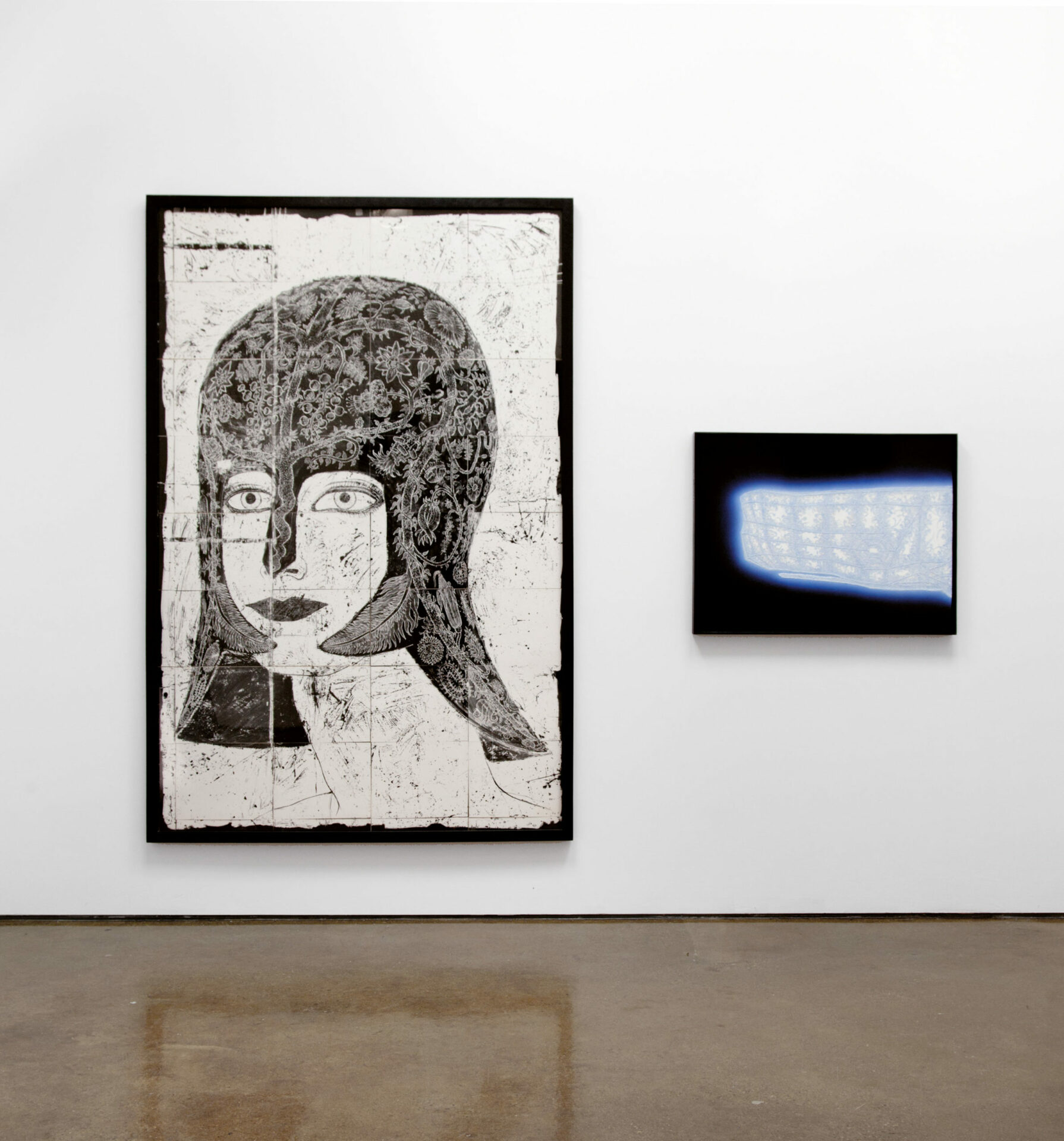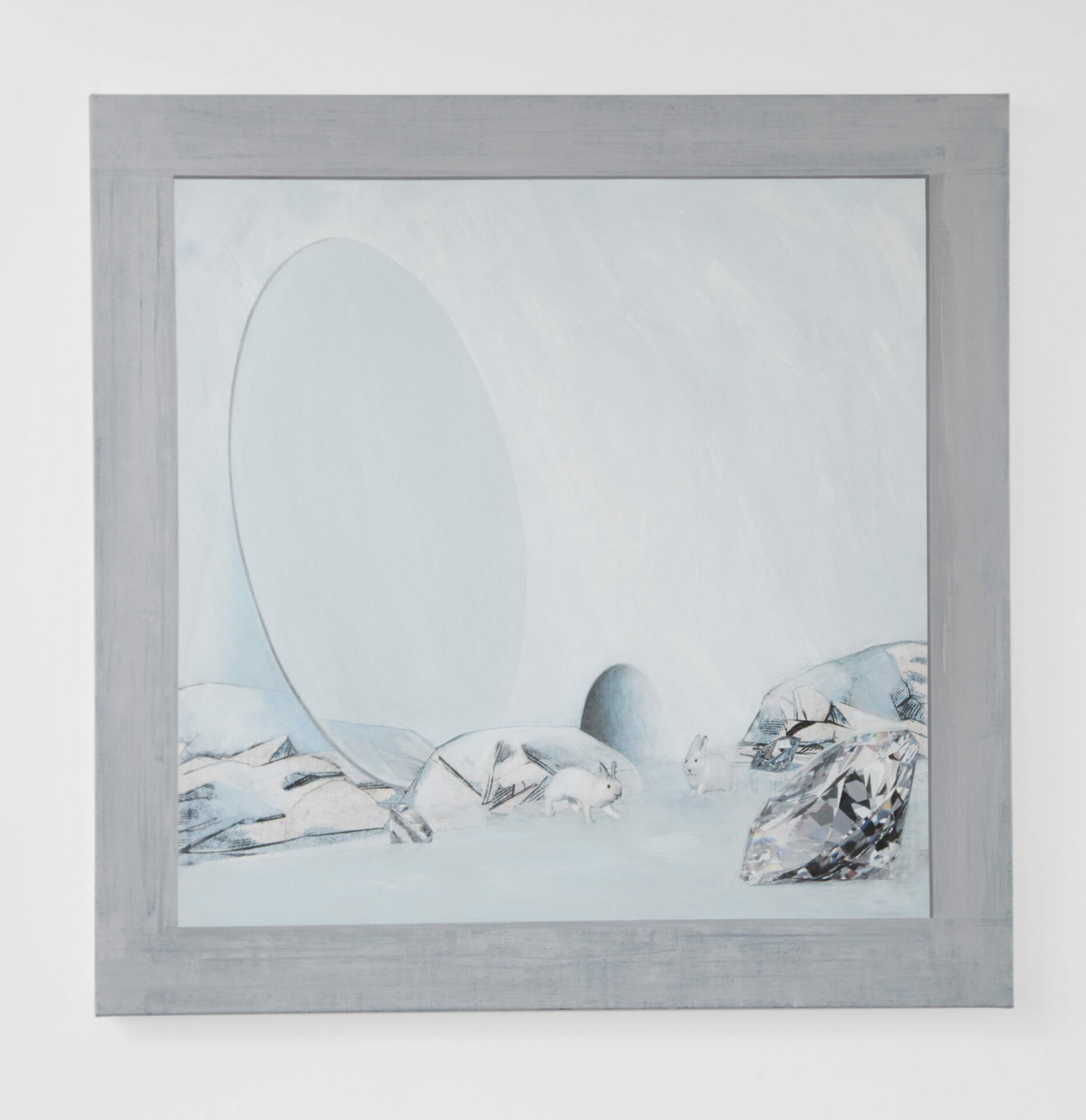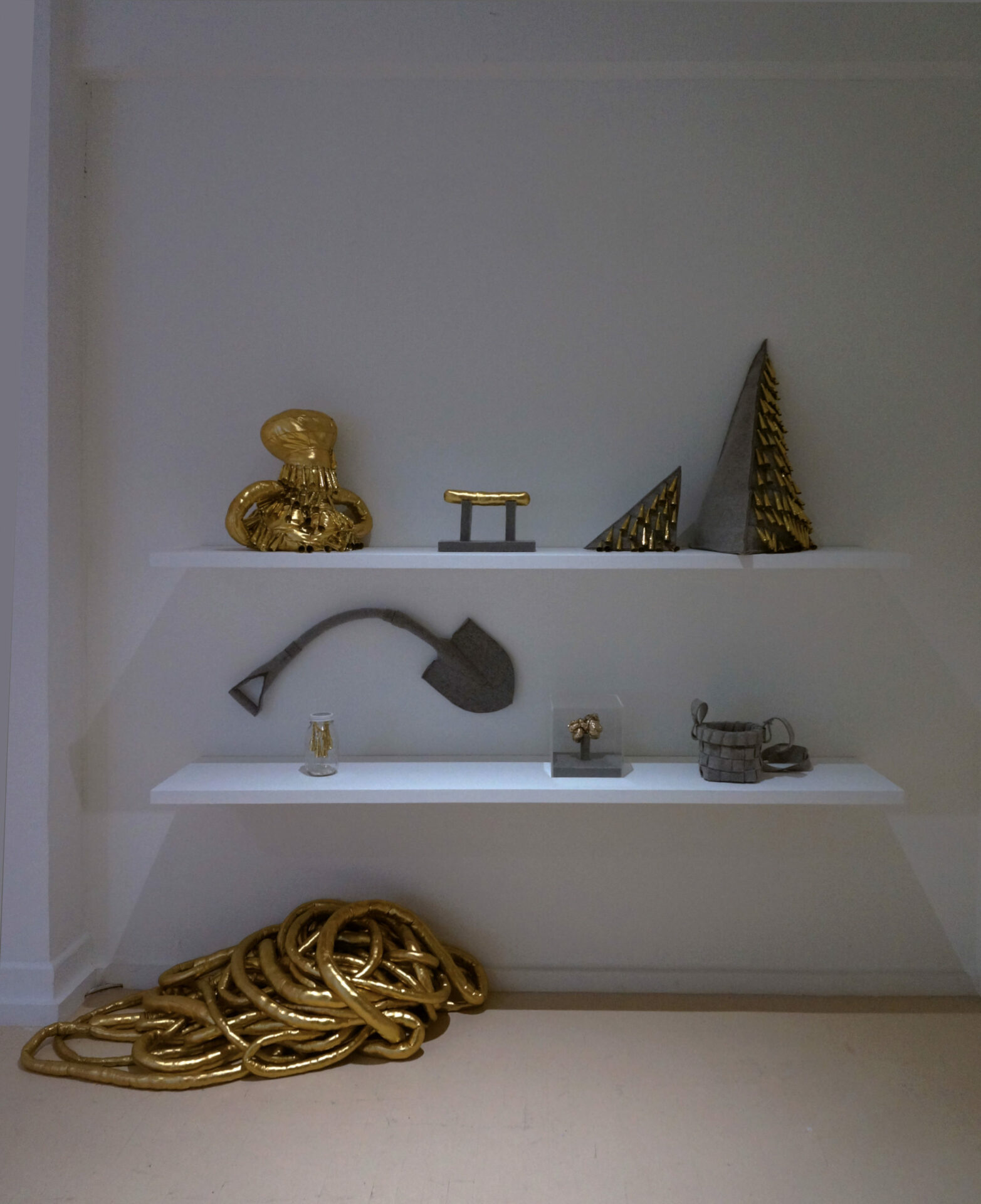Brian Boigon, David Clarkson, Douglas Walker
From the Archives
June 21 — August 4, 2018

Photo : Adam Swica, courtesy of the artist and Christie Contemporary, Toronto
June 21 — August 4, 2018

Rabbits and Mirror, 2016.
Photo : Adam Swica, courtesy of the artist and Christie Contemporary, Toronto
When Claire Christie opened her inaugural exhibition at the eponymously named Christie Contemporary in October, 2016, those who knew her shared a sense of collective satisfaction. After thirty years in the business, Christie’s highly attuned eye for aesthetic detail and material investigation would finally have its own space in which to thrive. Christie Contemporary has quickly become known for privileging work that is invested, disciplined, and not afraid of play. For the fifteenth and most recent show in her eight hundred sq. ft. space, Christie marked three decades in the art world by featuring three artists who all began their careers alongside her own, at the renowned S. L. Simpson Gallery in the 1980s. Aptly titled From the Archives, the show pairs one work produced in the 80s with one made contemporaneously by each of the three featured artists: Brian Boigon, David Clarkson, and Douglas Walker. In keeping with Christie’s métier, the works in the exhibition are firmly grounded in materials and processes that communicate an experience of the present while retaining a calculated measure of ambiguity. Each work offers a conceptual premise firmly backed by its material qualities, invariably leading to a moment where what we think we see turns out to be something else entirely.
From the Archives offers a rare chance to view aesthetic tendencies spanning the course of time, and Douglas Walker’s two works (created in 1985 and 2018, respectively) are most exemplary of an identifiable aesthetic arc. The first, Untitled (Helmet of Flowers), uses a nineteenth-century process of photo-drawing called cliché-verre to produce a thirty-two-panelled, ornamental black/off-white grid portrait with a 1980s motorcycle-pop aesthetic. For a naïve viewer, the material content of the work is next to impossible to identify. The consistent overall treatment of its surface performs more like linoleum flooring than photography. With similar material ambiguity and an equal propensity for ornament, Walker’s new work is a painting that postures as pottery, combining a Delftware colour scheme with the topographical application of oil paint, a technique for which Walker has become well known. This material non-specificity is also central to the work of Brian Boigon. Trained as an architect, his practice is rooted in structure, not media. Whether through a grid of canvases photo-embossed with images indicative of their time, or a chrome-lined geometric steel sculpture patinaed with a suede-like Corten finish, Boigon’s works consistently utilize form as content. For his part, David Clarkson offers a fluidly pixilated painting of a modular moon from 1985 alongside a surreal landscape in acrylic and ink from 2016. At first disparate in both style and content, Clarkson’s two works both possess a mystical futurecast quality. The optimism of an open-ended future so characteristic of the 1980s is carried through to today in a surrealist work that ultimately performs as both oracle and origin story.
Create your free profile or log in now to read the full text!
My Account



